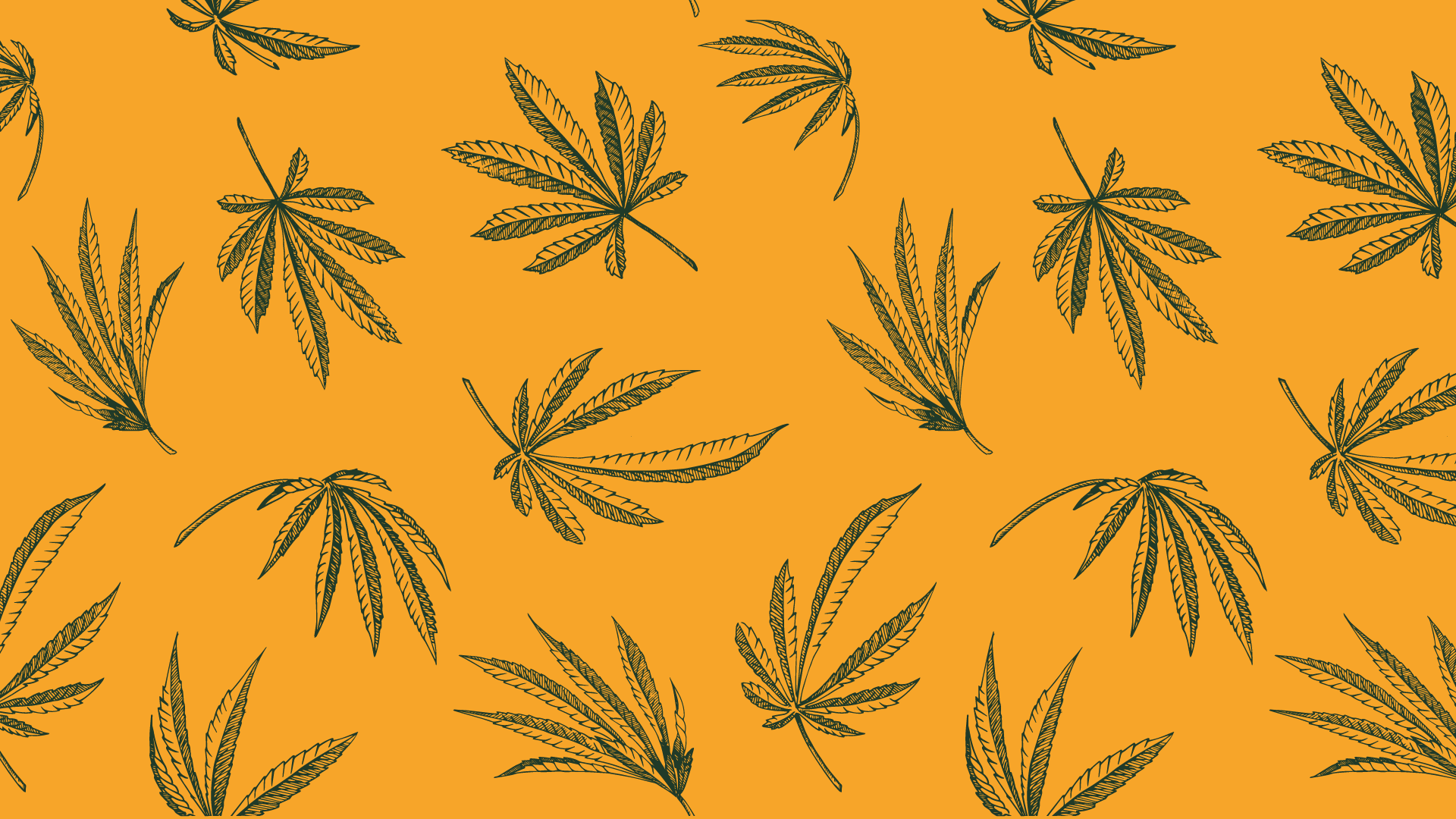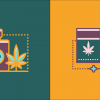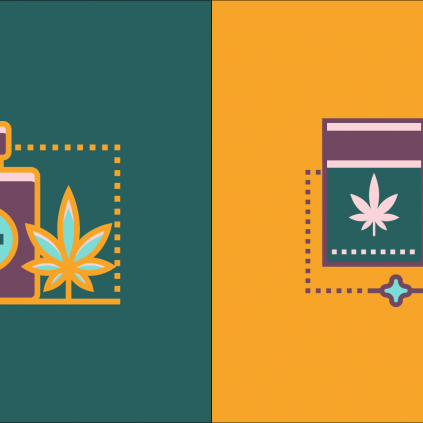Hemp and cannabis, while closely related, are very different plants.
They are two separate species in the cannabis family, although they look very similar. A trained eye will easily recognize hemp for its slender leaves and its height, compared to cannabis’ more bushy and lush profile.
The key difference between the two plants, though, is the levels of THC in each. THC is the chemical compound responsible for the psychoactive effects of cannabis. Hemp contains little to no THC, usually less than 0.3 per cent. Smoking hemp would not result in a high. THC levels in cannabis, on the other hand, usually sit between 10 and 30 per cent.
The history of these two related plants has been intertwined for thousands of years, but hemp has been hard at work for humanity on its own since the very beginning.
Here are ten things you might not have known about hemp:
We’ve been growing it for 10,000 years.
We have evidence from 8000 BCE of hemp used for cloth and cords. There are a few other contenders for the title, but hemp may be the first crop ever grown by humans for fibre and cloth.It gave us four key things that drove early civilization.
Cloth, rope, oil and paper. Hemp fibre is strong and long-lasting, and its oil was ideal as a source of both food and fuel. Do you want to know how to take cannabis oil? Just check the link.…But it can do a lot more than that.
A 1938 feature in Popular Mechanics magazine praised hemp as a wonder crop and estimated that some 25,000 products could be manufactured from it.
Hemp sailed to The New World.
Christopher Columbus’ ships The Nina, The Pinta, and The Santa Maria were outfitted with riggings and sails entirely made of hemp.
In India, it was revered as one of the Five Holy Plants.
Hemp and its cousin, cannabis, are marked as holy in sacred Hindu texts, The Vedas. A guardian angel was said to live in their leaves.
In the 17th and 18th centuries, farmers had to grow it.
In England, farmers were taxed for failing to grow hemp, by royal edict. In the late 1700s, all farmers in America were required by law to grow hemp as one of their staple crops.
Hemp makes great paper.
A 1916 report from America suggested that one acre of fast-growing hemp could produce as much paper as four acres of forest. The hemp paper industry hasn’t yet scaled up to the size where it’s an efficient option for the world’s paper needs, but it makes beautiful paper. It’s higher quality than wood pulp paper, very durable, and resists aging for hundreds of years. Hemp paper can also be recycled and reused 7-8 times, as compared to traditional paper’s 2-3.
It’s sometimes pretty important paper, too.
The U.S. Constitution, for example, is written on lovely hemp paper of very superior quality. It is aging very well.
In modern times, it was illegal to grow in Canada until 1998.
A 1970 law outlawed the cultivation of hemp in a broader crackdown on the cultivation of marijuana. Growing hemp was only made legal again in 1998. Business is booming these days, with more and more acres going to the crop every year.
Hemp is rich in CBD.
Products containing CBD are growing in popularity year by year. CBD (or cannabidiol) is a chemical compound found in all cannabis plants. CBD does not produce a high or any psychoactive effects, but it’s often praised for a number of therapeutic benefits. Farmers who aren’t interested growing marijuana have a rich source of this important substance growing in their hemp fields.




